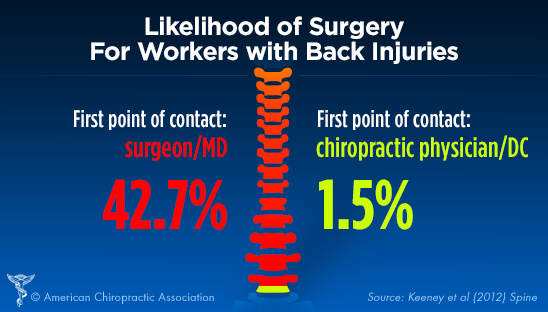As you discover the world of cold laser treatment, you'll discover a realm of opportunities for discomfort alleviation that is both fascinating and effective. The cutting-edge technique of making use of light to deal with different ailments may simply be the secret to unlocking a brand-new degree of comfort and recovery for you. So, why not find just how this non-invasive therapy is reshaping the landscape of discomfort monitoring and offering wish to those looking for natural remedies for their pain?
Recognizing Cold Laser Therapy
To comprehend cold laser therapy, you need to realize the fundamental concepts behind this non-invasive treatment technique. Cold laser therapy, also referred to as low-level laser treatment (LLLT), makes use of certain wavelengths of light to engage with cells. The light power permeates the skin and is soaked up by cells, activating a series of biological reactions. These responses help advertise healing, reduce inflammation, and minimize discomfort.
The essential to comprehending cold laser treatment hinges on its capacity to stimulate cellular feature. When the light energy is taken in by cells, it boosts their metabolic rate and increases the production of ATP, the power source for cells. This increase in mobile activity can cause enhanced blood circulation, cells fixing, and discomfort relief.
Benefits of Cold Laser Therapy
Taking advantage of certain wavelengths of light, cold laser treatment uses a variety of benefits for pain alleviation and healing. One of the essential benefits of cold laser treatment is its non-invasive nature. Unlike surgical procedures, cold laser treatment does not need cuts, making it a more secure and a lot more comfortable alternative for lots of people.
In addition, cold laser treatment is recognized for its ability to lower swelling. By targeting irritated locations with concentrated light energy, the therapy aids to decrease swelling and promote quicker recovery.
Moreover, cold laser therapy is a popular selection as a result of its very little negative effects. Unlike some medicines that can trigger negative responses, cold laser therapy is gentle on the body and typically well-tolerated. This makes it an appropriate alternative for individuals looking for an all-natural and low-risk pain relief service.
An additional significant advantage is the quick recuperation time related to cold laser treatment. Because the treatment promotes the body's natural recovery processes, clients usually experience rapid enhancements in their condition without the need for long term downtime.
Problems Treated With Cold Laser
Cold laser treatment effectively treats a selection of problems ranging from musculoskeletal injuries to chronic discomfort. For musculoskeletal injuries like sprains, strains, and tendonitis, cold laser therapy can help reduce inflammation, ease pain, and advertise tissue repair service. It's additionally beneficial for treating arthritis by lowering joint discomfort and tightness.
Furthermore, cold laser therapy can aid in quickening the recovery procedure for wounds and injuries by enhancing flow and promoting cell regeneration.
Persistent pain conditions such as fibromyalgia, neuropathy, and reduced neck and back pain can likewise be effectively handled with cold laser treatment. smile rejuvenation bronx by targeting the source of pain and triggering a biochemical cascade that decreases discomfort level of sensitivity and inflammation.
In addition, problems like carpal tunnel syndrome, TMJ disorders, and plantar fasciitis can gain from the pain-relieving and anti-inflammatory effects of cold laser treatment.
click this link
In conclusion, cold laser treatment is a risk-free, efficient, and non-invasive therapy option for pain alleviation.
With its capability to advertise recovery, minimize swelling, and reduce discomfort, this ingenious therapy provides an all-natural and low-risk alternative to operations.
Whether laser therapy fo , sports injuries, or arthritis, cold laser treatment can give alleviation and boost your quality of life without the need for intrusive interventions.
